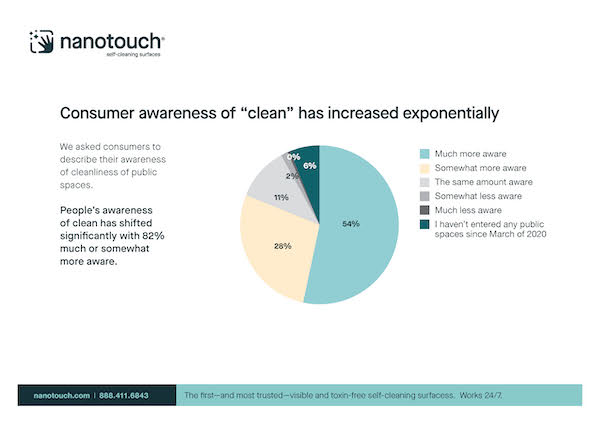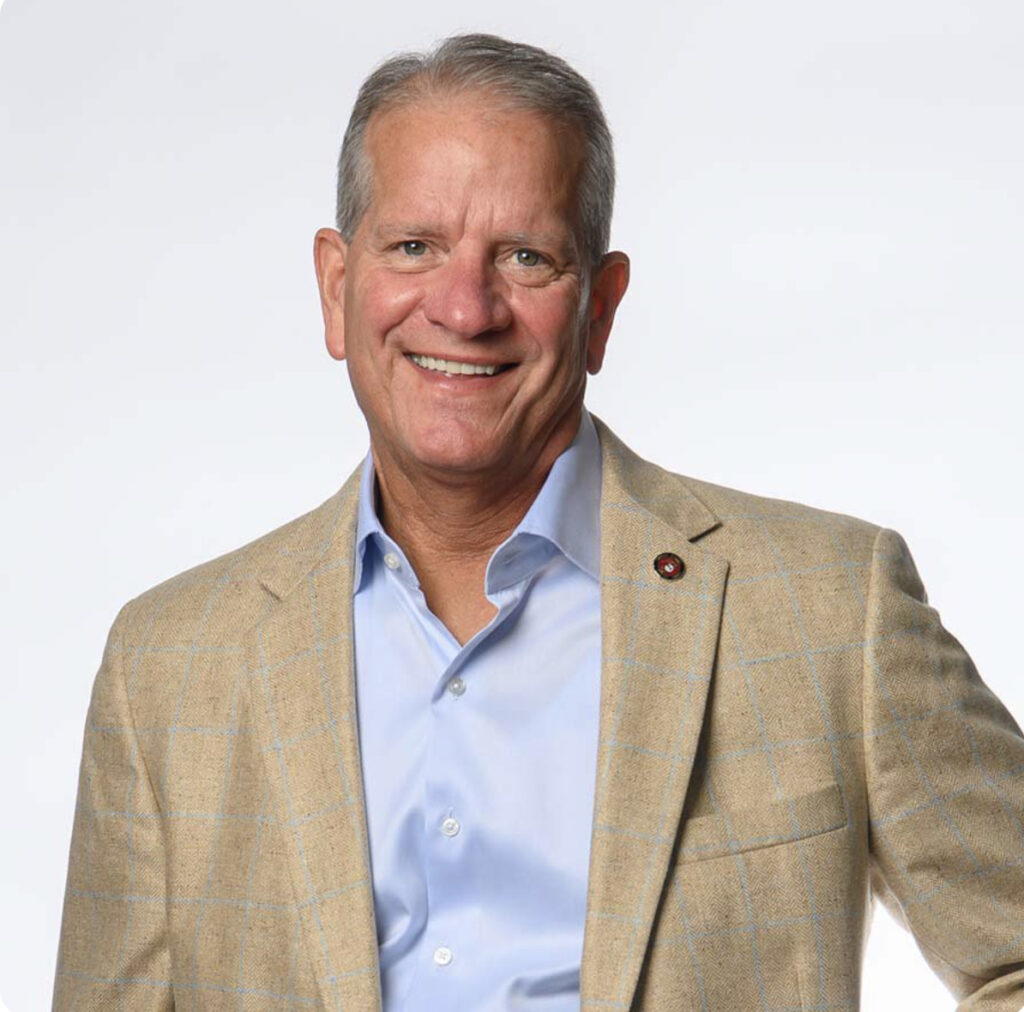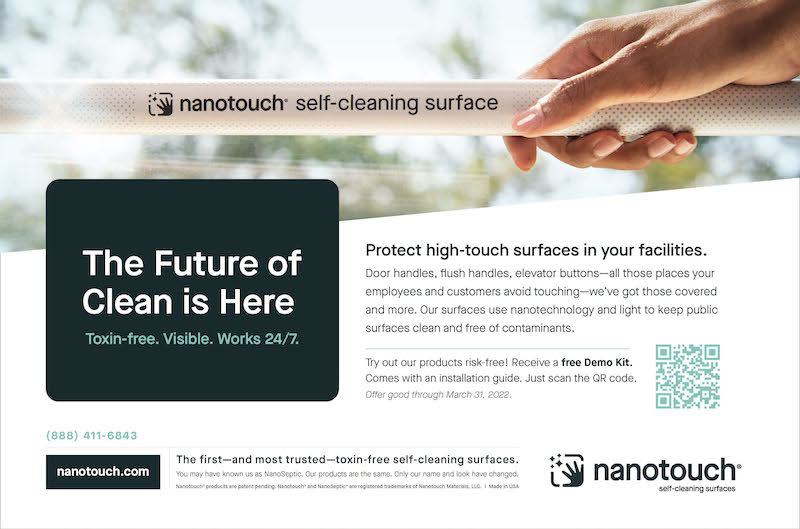By Dennis Hackemeyer
Think back six months, or even a year ago. Things at work were supposed to be back to normal.
But as we enter our third year of adapting to the pandemic, employers are still grappling with what “return to work” looks like. Sure, some businesses never really adopted a remote gameplan replete with Zoom meetings, but for the majority of companies that did, many are still in transition. Fully return to work? Stay virtual? Offer hybrid or flex space opportunities?
Human resources professionals always have worn plenty of hats. The pandemic has only added to that headwear. On top of retention, benefits and the ever-growing concern for employee well-being and mental health, HR professionals have been expected to become experts in providing a safe and healthy workplace.
With retention more critical than ever, a clean workplace has bubbled up as a key factor in whether an employee changes jobs. According to a December survey conducted by the Cleaning Coalition of America, 43% of the 1,800 American workers who responded said they still have lingering concerns about returning to the workplace. This correlates with Morning Consult’s running tally of comfort with returning to work, which stood at 43% at the beginning of February.

What’s more, the Cleaning Coalition of America found that more than a third (38.3%) of respondents would consider changing jobs if their workplace wasn’t cleaned properly. Which begs the question: How clean is your workplace?
Whether preparing for a flex return or full return, HR leaders are in a unique position to make key decisions or collaborate with health and safety directors or facility managers on ensuring hygiene is front and center.
What employees (and visitors) want
It’s pretty evident that we took a lot of things for granted before the pandemic. How often did you think about things like air filtration, UVC light technology, high-traffic touchpoints, or self-cleaning surfaces?
These days, those details are important to employees as they return to the office. Manufacturing firm Armstrong World Industries found that preparing workspaces for returning workers comes with high expectations: 86% of workers “expect to feel very or somewhat safe in their workspace.” And employees who have been remote have a 16% higher concern about the health of others than those who never left the office work environment. Commercial cleaning firm Stratus Building Solutions reported that 86% of workers want proof – proof! – that regular cleaning and sanitation processes are in place in their workplaces.
Our firm partnered with marketing consultant Brand Federation and found that 82% of American consumers are more aware of cleanliness when it comes to public spaces. We also asked what things around the office they avoided touching: Door handles (49%); toilet flushes (42%); safety railings (31%) and elevator buttons (28%) were mentioned most.
Not surprisingly, the feelings are mutual for those who might be visiting your business.
In that same Stratus Building Solutions survey, nine out of 10 said they are concerned with businesses they visit and want sanitation to be a priority, even when vaccinated. In our survey, 58% said knowing a business has implemented the latest in cleaning would make them want to support that business. The cleanliness of your workplace matters to consumers; they want to know you care about their health and wellbeing. That means businesses need to communicate clearly with their employees and customers. Additionally, providing visible cues can create a halo effect of sorts where the caring you show provides an emotional benefit.
Getting started at your workplace
Employees want to be assured that their employers care about their health and safety. In turn, employers, often starting with the HR department, need to be proactive and intentional in establishing an environment where hygiene is a priority.
Start by researching new and old technologies and solutions alike. Armstrong World Industries found that workers are most interested in regular cleaning/disinfectants, air ventilation that kills germs, purified air, office layout/social distancing and germ-resistant walls and surfaces.
Admittedly, your business might not be able to do everything. But it’s important to determine what is and isn’t feasible.
From there, it’s crucial to establish a plan. What does company hygiene look like for the employees who already have returned? What does it look like if employees return in phases? What does it look like with everyone back in the office? Keep in mind that research shows employees what to see clean in action; their peace of mind is critical.
When the plan is in place, communicating what your business is doing to ensure the well-being of each and every employee is critical.
- Company-wide emails or texts can be sent to introduce the steps being taken or for pertinent updates.
- Consider creating a microsite or materials for the company intranet for employees to have a handy place to see all that you’re doing.
- Encourage questions and feedback via a company voicemail or email address.
- And continue to remind them of all that is being done – your new efforts shouldn’t be out of sight, out of mind.
Ideas for a cleaner workplace
When we asked facility managers about taking extra steps for a clean facility, 84% agreed that customers or clients feel a business cares about them when it goes above and beyond to keep spaces clean.
One of the most important places to start – for both employees and visitors – is public spaces like lobbies, restrooms, and conference rooms. In other words, the places where the most people see and congregate.
In addition to encouraging employees to continue to wash/sanitize their hands and distance when appropriate, regular cleaning of public spaces is a must. The CDC suggests that cleaning spaces once a day generally is enough if no one with COVID-19 has been in those spaces. Using CDC-approved disinfectants is encouraged, but the CDC also reminds that high-traffic areas may need to be cleaned more than once a day – a detail that’s often missed in media coverage.
It’s important for you and your team to learn about the chemistry of the products you or your janitorial team are using; too much disinfectant or mixing products can cause irritated eyes, skin rashes or breathing issues. Air filtration and ventilation also are worth consideration. As the EPA states, “air cleaning or filtration is not enough to protect people from COVID-19.” But HVAC filters and air cleaners can help reduce airborne contaminants. The EPA suggests using portable air cleaners to supplement HVAC systems and highlights the emerging technology of bipolar ionization as a consideration.
Speaking of technology, UVC lighting or UVC radiation also are options, although according to the FDA, there are some limitations and possible side effects to consider. Self-cleaning surfaces that employ nanotechnology to oxidize contaminants when light hits the surfaces are being used for high-traffic touchpoints.
The Clean Checklist
As we return to the office, our workplaces may not ever be the same. But we can make them cleaner and safer than ever.
Follow this simple checklist to create a future of clean.
- Research cleaning options and technologies to determine what’s feasible for your office
- Create a diverse team to develop a plan for a safer return to work
- Implement and execute your plan
- Solicit feedback from your employees
- Communicate early and often about the protocols you’ve implemented
- Provide regular updates
- Be willing to make adjustments based on success or feedback

Dennis Hackemeyer is a co-founder of Nanotouch, a Virginia-based company founded in 2012 that manufactures a line of self-cleaning surfaces used in facilities ranging from Fortune 200 companies and healthcare facilities to hotels and all levels of government. A former Marine whose background combines advanced print technologies and Marine Corps training in nuclear, biological, and chemical disciplines, he helped oversee Nanotouch’s launch through research, antimicrobial testing, product development and fabrication process and continues to lead the firm’s business development and partnership initiatives. Hackemeyer views Nanotouch as having a global impact, redefining how businesses think about clean and enhanced the safety of public spaces in the most environmentally conscious way possible.

